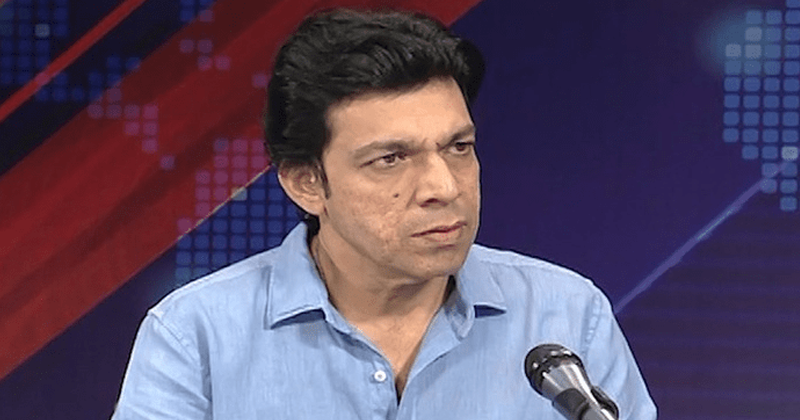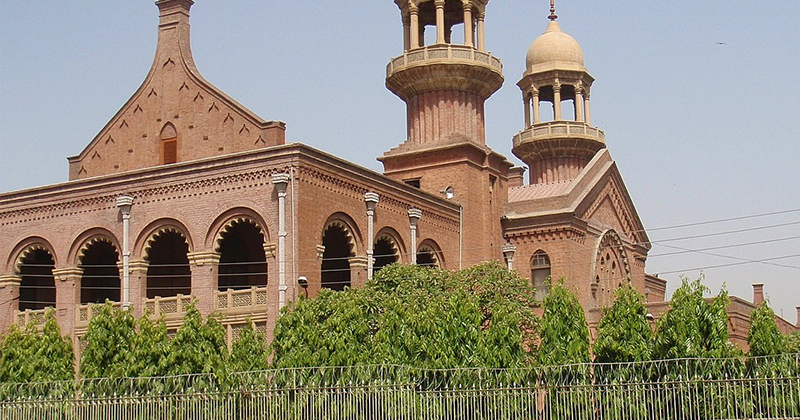S-400 The GameChanger
With the Indian military set
to induct five battalions of the S-400 air defence system into service in the early 2020s, a number of the new weapons systems are likely to be deployed near the hotly disputed territory of Kashmir and the Indian-Pakistani border where the bulk of India’s forces are currently stationed. The S-400, widely considered the most advanced long range surface to air missile system in the world, is set to be a game changer in the balance of power between India and Pakistan, with its deployment seriously undermining the Pakistani position. The weapon's 400km range when deploying highly precise 40N6 hypersonic missiles in particular poses a considerable threat to Pakistani aircraft deep into the country’s territory. Deployed to Himachal Pradesh, the S-400 will provide India with coverage over almost all of Kashmir, while deployed to Jalandhar it would allow the Indian military to shoot down Pakistani jets over Islamabad itself. Should India choose to deploy the system as far West as Amritsar, the S-400 will be able to threaten Pakistani aircraft over Peshwar. Pakistani territory is long, but not deep, and this plays into Indian hands.
With the S-400 capable of engaging up to 80 targets simultaneously, including a combination of aircraft and both ballistic and cruise missiles, the weapons system poses a considerable threat to Pakistani forces in the event of war. With the S-400 designed to shoot down some of the fastest, highest flying, stealthiest and most manoeuvrable fighters designed, namely the U.S. Air Force’s F-22 Raptor air superiority fighter, Pakistani’s older, lighter and unstealthy aircraft should provide the system with little challenge - and the air force could well suffer heavy losses in the opening hours of a conflict should it deploy its fleet within range of the S-400. With just two battalions of the S-400 able to cover more than half of Pakistani territory, this poses a considerable threat. Even the Pakistani fifth generation light fighter jets currently under development under Project Azm are unlikely to far well against the S-400. Pakistani support aircraft including Il-78 aerial tankers, Y-8 AWACS platforms, and Falcon 20 electronic warfare aircraft, large and unmaneouvehable as they are, would also be denied access to most of the country’s own airspace and would be highly vulnerable even at extreme ranges.
Compounding this threat the Pakistani ballistic missile arsenal, heavily relied on as an asymmetric measure to neutralise larger Indian forces, which includes advanced platforms such as the Ghauri, Ababeel and Shaheen 3, would all be vulnerable to the S-400 - with each Indian air defence battalion well within its limits to intercept and destroy dozens of these missiles at a time. The result would be not only an inability of the Pakistani Air Force to protect its own skies, let alone engage Indian forces on an offensive, but also the blunting of the country’s retaliator capabilities. The implications of the S-400 therefore are truly severe for Pakistani security.
There are a number of measures the Pakistani military can take to strengthen their defences with the S-400 in mind. While Pakistani aircraft will be unable to effectively respond to incursions by India’s own fighters due to the S-400’s presence, the country’s own air defences will remain unaffected. While operating without air support will put an immense strain on Pakistani surface to air missile platforms, a strengthening of the country’s air defence network could go a long way towards denying Indian fighters control of the skies. Fortifying air defence sites and radar installations, possibly in underground bunkers as per the approach taken by North Korea, remains a highly viable option. Acquiring more advanced air defence systems, possibly the Chinese HQ-9C or even the S-400 itself, would also be a viable strategy, which would effectively create a no fly zone for the air forces of both countries and thus nullify the Indian advantage.
Pakistan could also move to deploy artillery such as its Nasr missile systems close to the border, which would be capable of targeting S-400 batteries deep into Indian territory - thus forcing India to deploy the systems further from the border and reducing the area coverage of Pakistani territory. To keep its missile forces viable, Pakistan could also invest in both submarine launched ballistic missiles to target India from its Southern coast, an undefended area which will likely not be covered by the S-400, as well as developing more advanced ballistic missiles capable of reaching higher speeds and manoeuvring in flight, would all serve to improve the viability of the country’s missile forces against the S-400. While the upcoming S-500 has been designed as the first air defence platform capable of intercepting hypersonic missiles - the S-400 cannot. Indeed, more advanced missiles could well be used to launch precision strikes on Indian S-400 batteries in the early stages of a conflict and thus neutralise the threat to Pakistani aircraft - while also allowing Pakistan to bring its older missiles into play. Ultimately while the S-400 is set to be a considerable game changer, all is not lost for Pakistani forces which can take a number of measures to better handle the threat. With both countries now under the Shanghai Cooperation Organisation and unlikely to resort to a major open conflict to resolve disputes in future, the prospects for the S-400 being actively employed against Pakistani forces nevertheless remains slim.






























